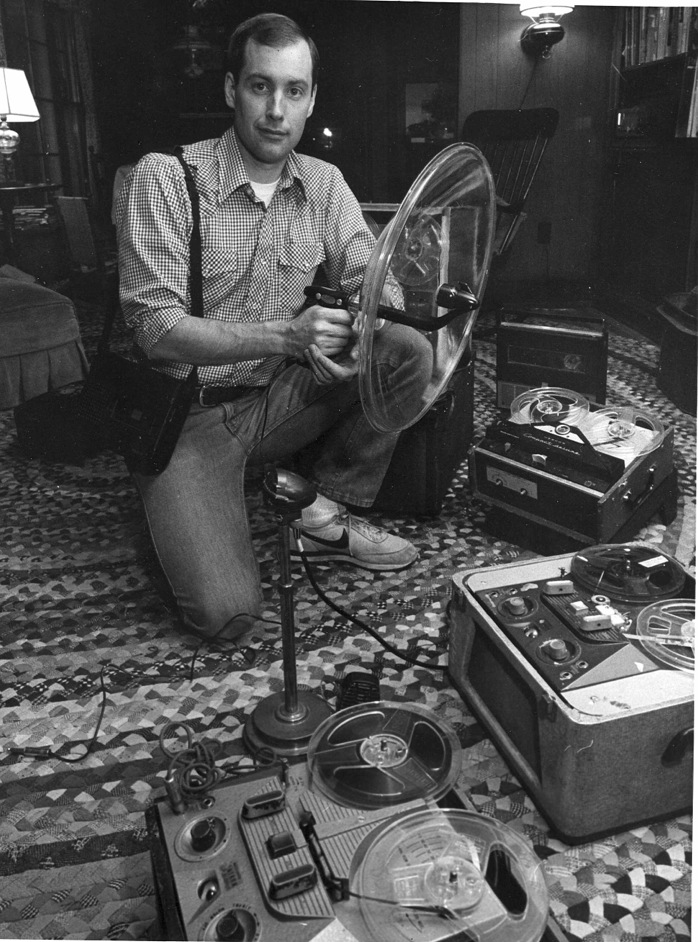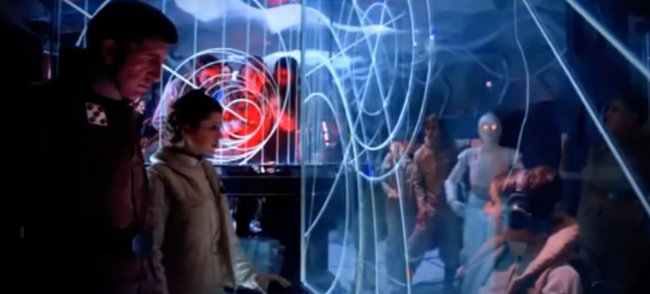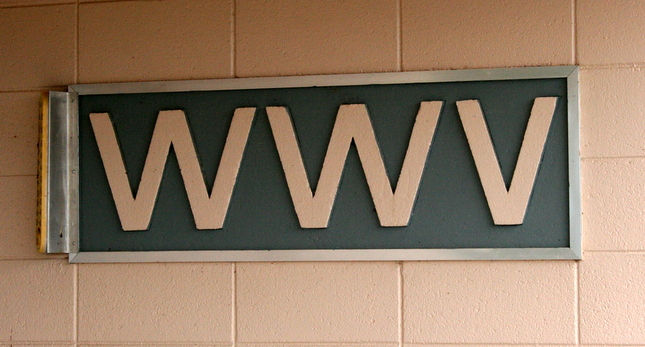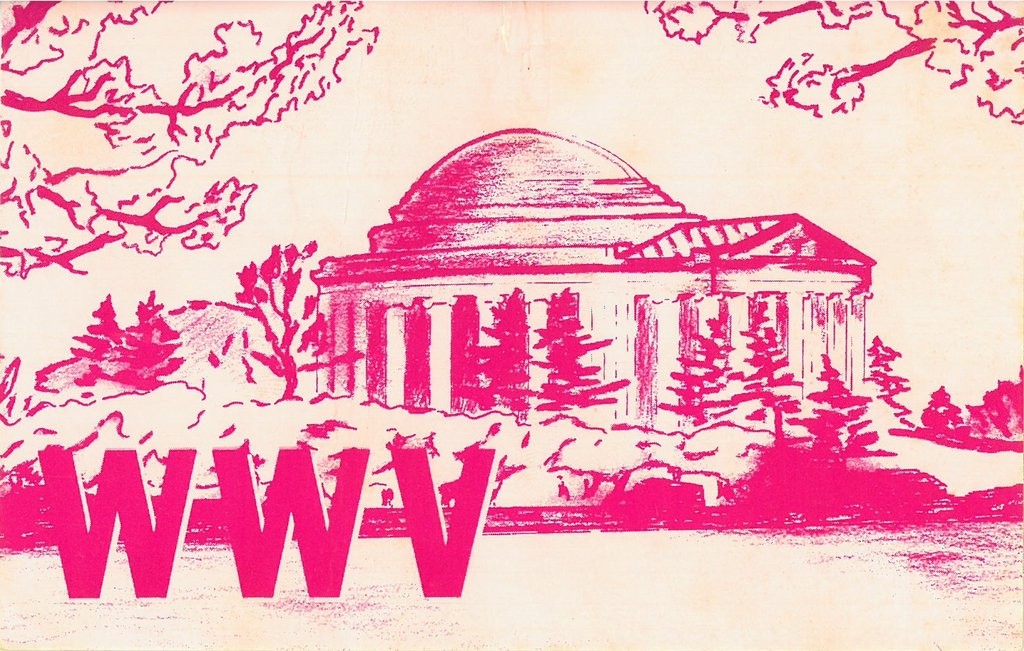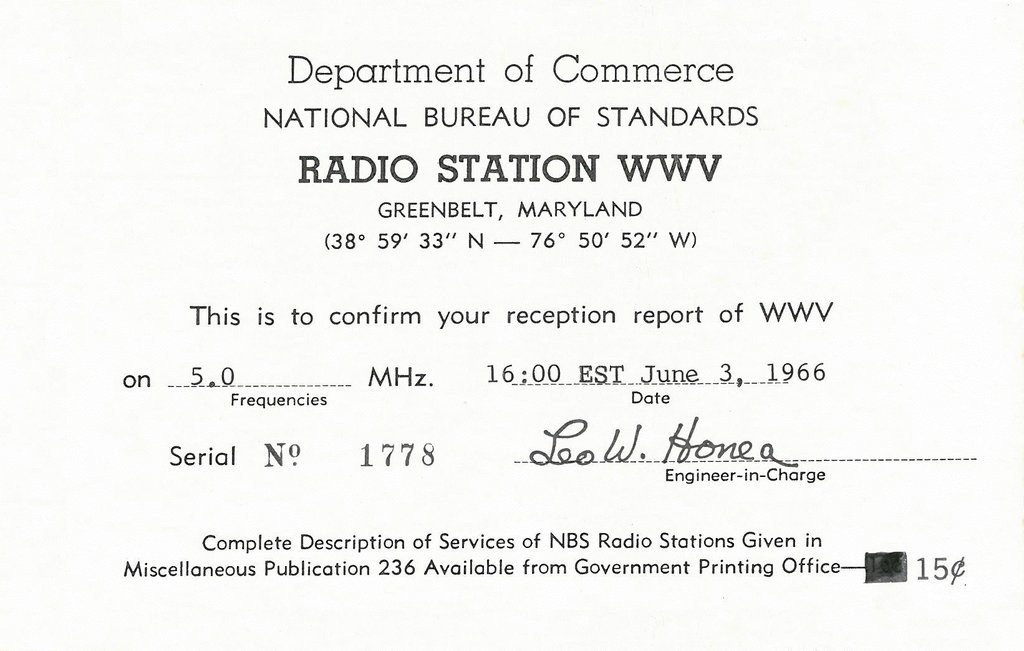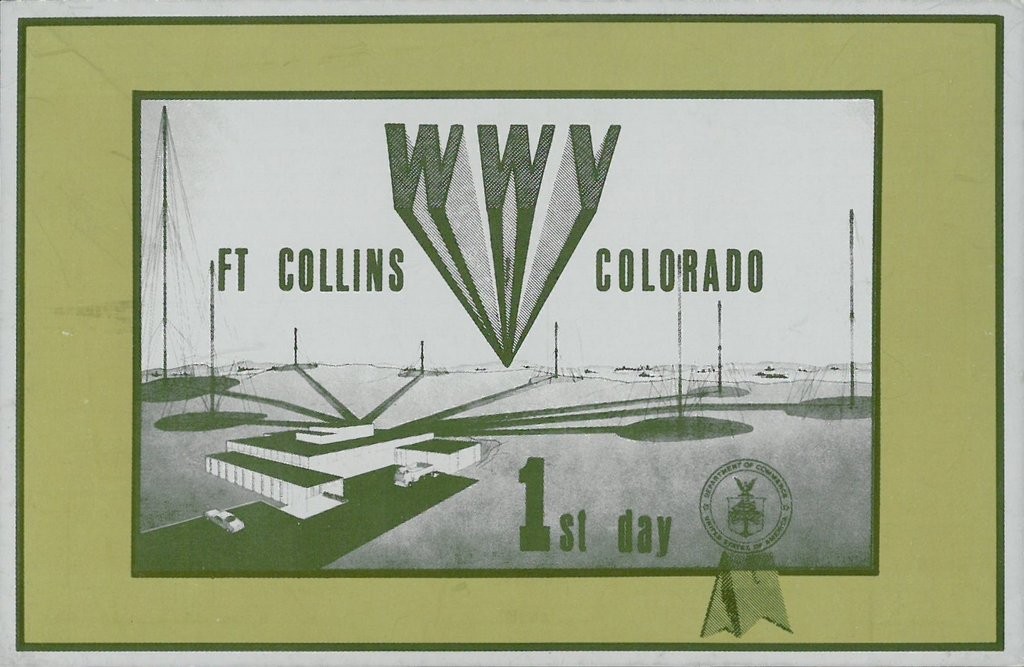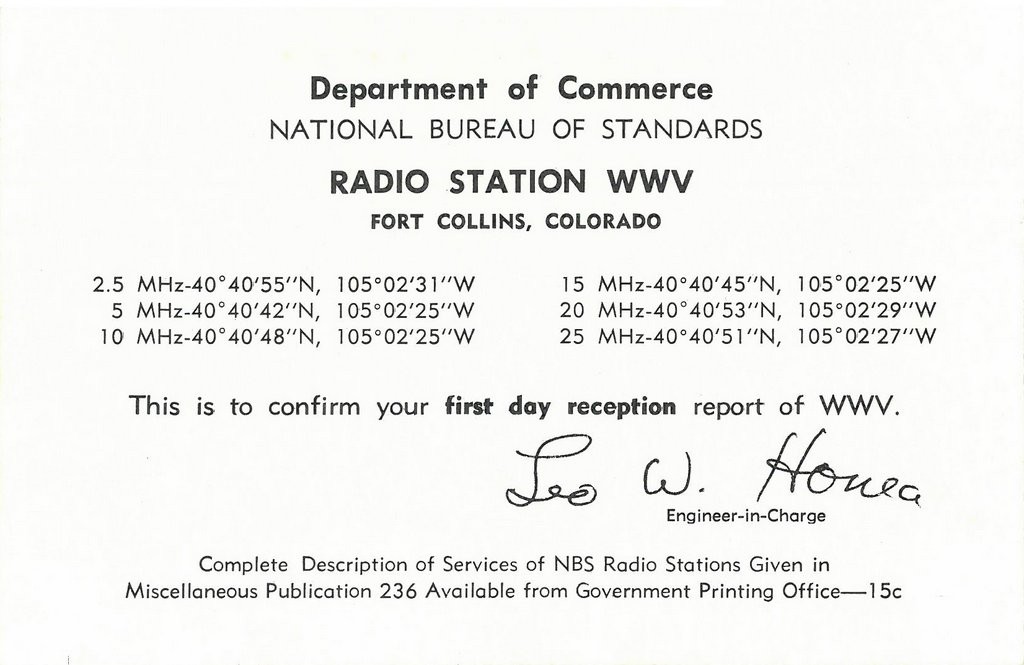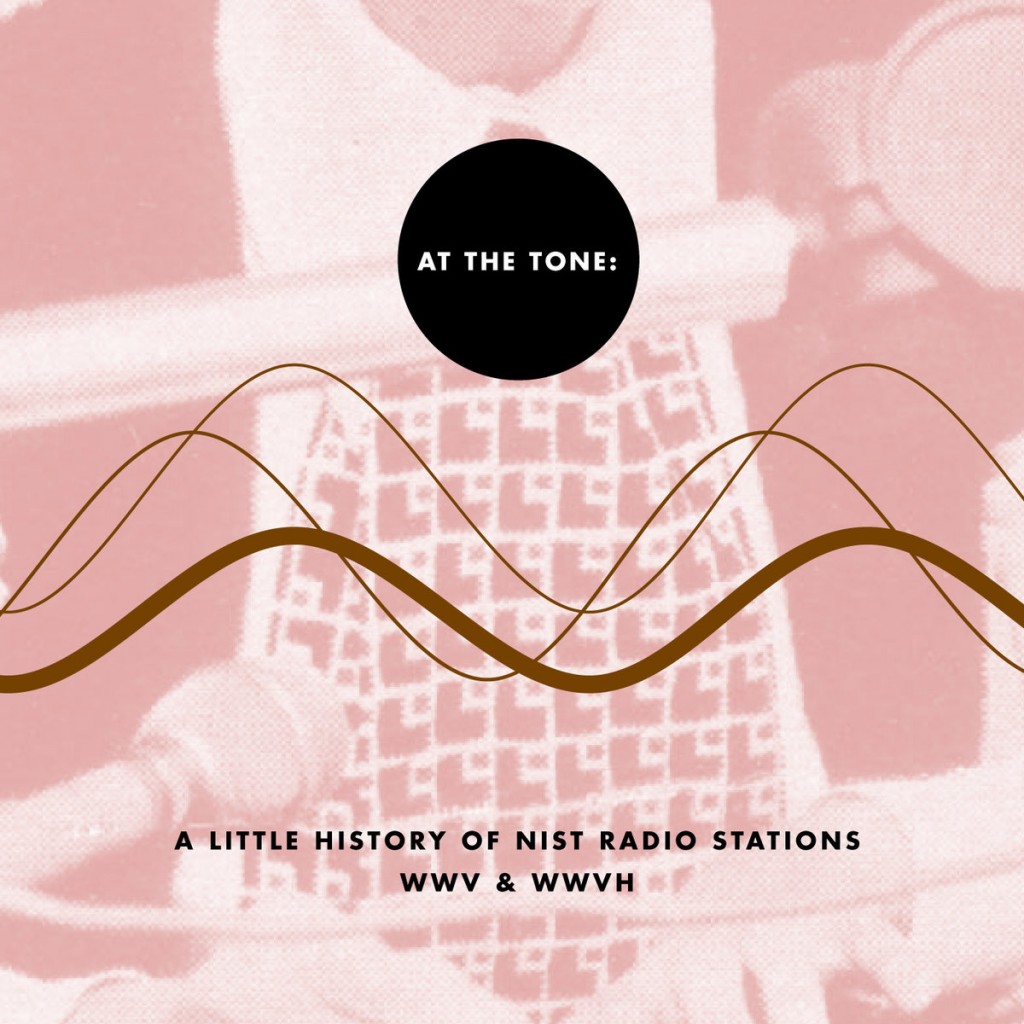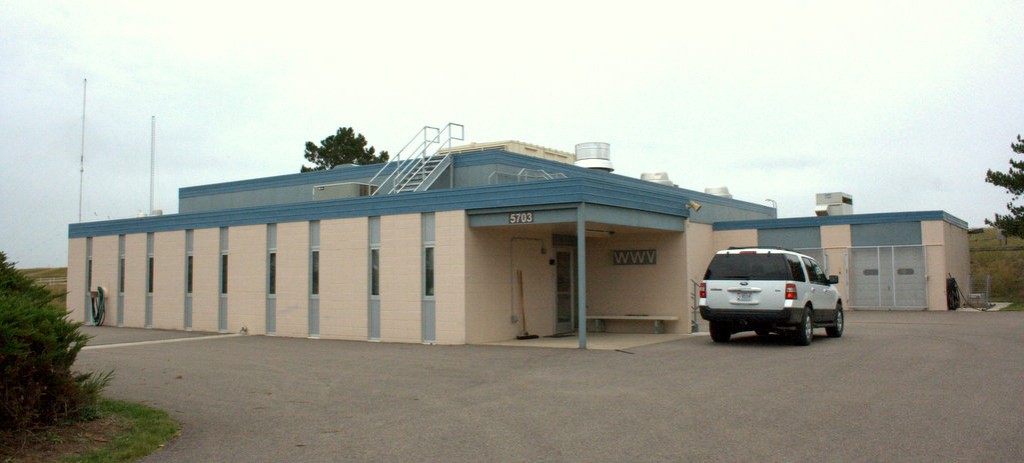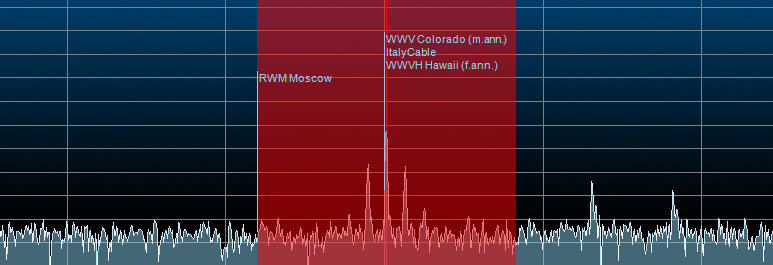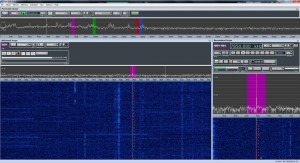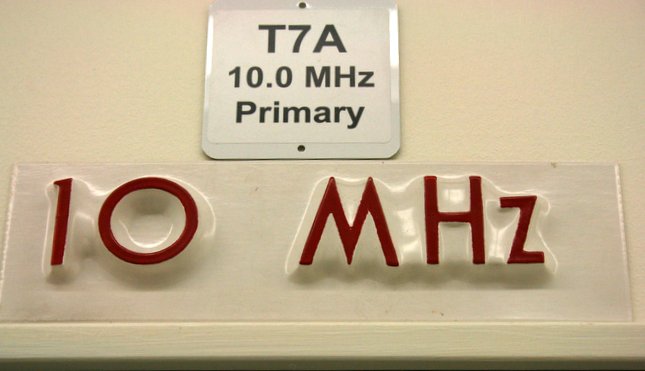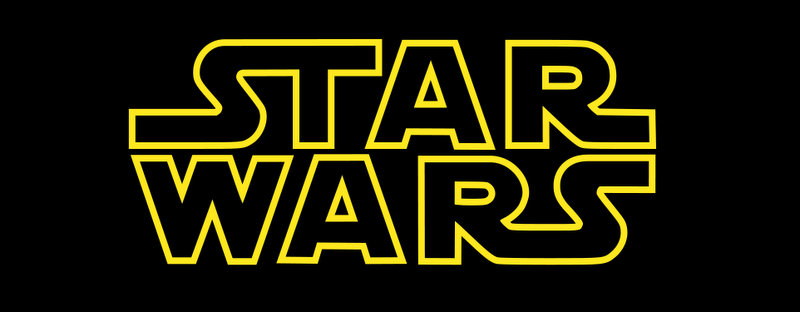 SWLing Post readers may remember a post I recently published in which I believed I’d identified a familiar shortwave time signal station in the Battle of Hoth scene from The Empire Strikes Back. If you haven’t read this post, feel free to do so and listen to the embedded video/audio clips.
SWLing Post readers may remember a post I recently published in which I believed I’d identified a familiar shortwave time signal station in the Battle of Hoth scene from The Empire Strikes Back. If you haven’t read this post, feel free to do so and listen to the embedded video/audio clips.
Upon hearing this, I went so far as to muse that the Star Wars sound designer might be a radio listener. I asked our readers if anyone could confirm this–?
Well, we’ve got our answer! I’m truly indebted to an SWLing Post reader who passed my post along to his friend, Ben, who could provide this definitive response:
“This is Ben Burtt, sound designer of the Star Wars films. A friend sent me a link to this blog thinking I would like to comment.
Ben Burtt with his recording gear, circa 1980. The mike on the stand at Ben’s feet is one from his grandfather’s ham radio station in the 1950s, or possibly earlier.
“The answer is yes, I have always been a ham radio enthusiast.”
“My grandfather, Harold Burtt, operated W8CD out of his home in Columbus, Ohio 1930s-1960s. I was enthralled as a kid listening to the sounds on his receiver. I heard alien worlds and cosmic ‘voices.’
Harold Burtt, W8CD. (Chairman of the Psychology Dept Ohio State) with his attic gear, approximately 1935
“So not only did I record his radio, but continued to do so on the Star Wars series and Star Trek as well.
My memory of the Hoth transmission was that it was WWV but it could have been CHU since I was recording all that interested me on the dial.”
Terrific! Thank you, Ben, for taking the time to respond. As I said, you’ve certainly started off this radio enthusiast’s year on the right wavelength…no doubt some of our readers will agree.
Indeed, the powerful sonic experience of the Star Wars and Star Trek films has, in my estimation, helped shape many of us into the radio/sound enthusiasts we’ve become–myself certainly included. Thank you, Ben, for this! You’ve sharpened my ear to a greater appreciation of sound, especially filmic sound, and your work in particular.
For readers who are less familiar with Ben Burtt’s work, check out his Wikipedia page and IMDB profile–you’ll find he’s been the sound designer on numerous influential films including the recently released Star Wars: The Force Awakens.
A special thanks to Ben Burtt for sharing these wonderful photos and kindly giving me permission to use them here on the SWLing Post. I must say, considering my love of radio in the thirties, I especially like that photo of Harold Burtt (W8CD) in his shack.

